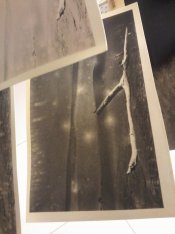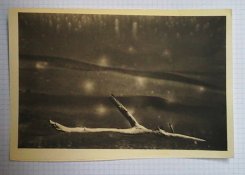- Joined
- Nov 2, 2011
- Messages
- 103
- Format
- Multi Format
Hello! Finally my powder is here! (Litho Developer Powder - Part( A & B) to make: 2x1 Gallons
BIg question about expiring:
Should I prepare the whole 1 Gallon of each solution and just store what I don't use? It will get exhausted very quickly? ? Or to mix just as much as stock that I need to make the working solution for one time?
To put it simple: It is a one shot developer or I can mix the whole content of a package to make stock solutions and keep it like that to be ready for preparing the working solution?
Thank you very much!
BIg question about expiring:
Should I prepare the whole 1 Gallon of each solution and just store what I don't use? It will get exhausted very quickly? ? Or to mix just as much as stock that I need to make the working solution for one time?
To put it simple: It is a one shot developer or I can mix the whole content of a package to make stock solutions and keep it like that to be ready for preparing the working solution?
Thank you very much!



 , so I tried with other paper that I have it at hand - Fomabrom variant 112, and it worked lot better!
, so I tried with other paper that I have it at hand - Fomabrom variant 112, and it worked lot better!



